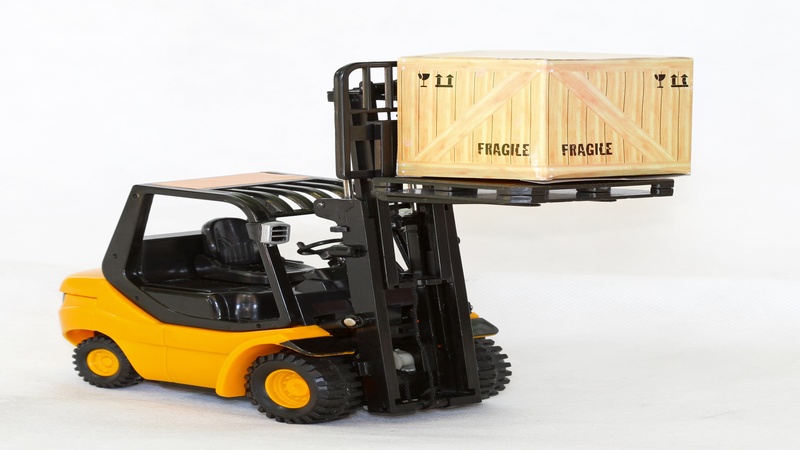Concrete is an essential component in building, ranging from simple home upgrades to large-scale commercial projects. A motorized mixing device is one of the most appropriate instruments for working with this versatile substance, as it improves efficiency and efficacy throughout the process. Whether you are a hobbyist working on home projects or a seasoned expert in the construction business, recognizing the benefits of using powered mixing equipment can reduce your effort and enhance production.
Efficiency and Ease of Use
One of the most notable advantages of employing an electric concrete mixer is its efficiency. Unlike manual mixing, which may be tedious and uneven, an electric mixer produces uniform results with little effort. The drum’s consistent rotation assures a homogenous blend of sand, cement, gravel, and water, which is essential for producing a structurally solid finished product. These mixers are simple to use, making them accessible even to people with limited building experience. Simply add your ingredients and switch on the machine, and the electric motor will do the heavy lifting for you. Users can even vary the mixing speed to meet their requirements.
Cost-Effectiveness and labour-saving
Another primary advantage of contemporary mixing technology is its cost-effectiveness. While the initial cost of purchasing or renting modern equipment may appear costly, the long-term benefits are substantial. These new tools eliminate the need for extra workers, resulting in cheaper labour costs. This technique is very cost-effective in projects that prioritize efficiency and budgetary constraints. Advanced mixing solutions are known for their endurance. Modern mixers are a fantastic choice for projects of any size due to their long lifespan and low maintenance requirements.
Versatility and Convenience
Construction tools have evolved to satisfy a wide range of purposes, making them adaptable to many contexts. Compact, electrically driven mixing devices are ideal for indoor and outdoor applications. Unlike their larger, fuel-powered rivals, these space-efficient robots can easily cross tiny places, increasing efficiency in constrained work locations. This attribute makes them ideal for domestic applications where mobility and manoeuvrability are essential. For smaller jobs, you can typically situate the mixer near your work area, allowing you to pour the concrete directly into place, which saves time and is more convenient. Another advantage is that electric mixers, unlike gasoline-powered competitors, do not emit dangerous pollutants. By avoiding exhaust fumes, these mixers make the workplace safer and healthier for everyone.
Enhancing Project Quality and Consistency
The consistency of a construction project’s concrete mix has a considerable impact on its quality. Mechanical mixing methods provide a homogenous mixture, ensuring that the concrete sets properly and has the strength required for a sturdy structure. When builders employ automated mixing equipment, they may be confident that their mixture is accurately balanced and blended. Advanced mixing methods also help to accelerate the process, which is especially crucial when working with concrete with a quick setting time. By eliminating mixing delays, efficient equipment allows workers to install concrete while it is still fresh and workable, reducing the possibility of cold joints and other structural issues.
